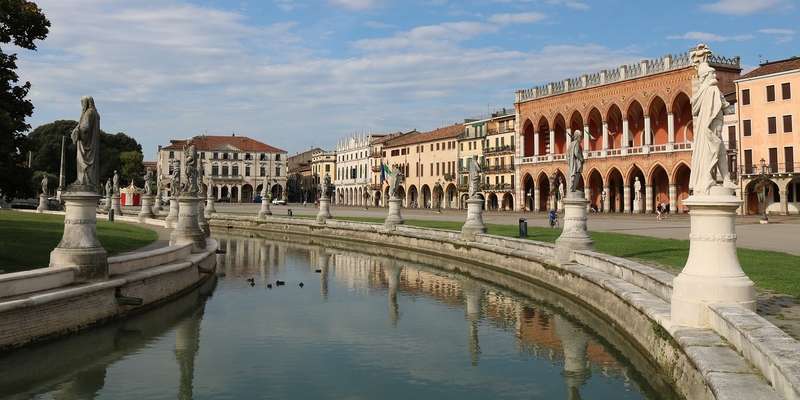- Home
- Useful Tips
- Padua for art lovers: beyond...
Most visitors to Padua make a beeline for the Scrovegni Chapel, only to leave overwhelmed by crowds and unaware of the city's other extraordinary art treasures. Recent surveys show 78% of day-trippers miss at least three major artistic sites within a 10-minute walk of Giotto's masterpiece. This creates a frustrating cycle - rushed visits, cultural FOMO, and superficial engagement with Padua's 800-year-old artistic legacy. The problem runs deeper than missing attractions; without local context, you risk overlooking subtle connections between Padua's churches, palaces, and university buildings that reveal the city's true Renaissance spirit. Art enthusiasts often leave disappointed, not realizing Mantegna's revolutionary frescoes or Donatello's groundbreaking bronze statues sit just beyond the tourist radar.


Escaping the Scrovegni crowds: when locals visit Padua's chapels
The Scrovegni Chapel's timed entry system creates artificial rush hours, with 11am-3pm slots dominated by tour groups. Savvy art lovers reverse their itinerary, starting with the often-empty Eremitani Church just north. Here, Mantegna's fresco fragments (the first Renaissance works in Padua) show what Giotto might have achieved with more advanced techniques. Time your Scrovegni visit for late afternoon when natural light enhances the blues in Giotto's Last Judgment. Between these two sites lies the overlooked Scoletta del Santo, where Titian's brushstrokes come alive in intimate settings most visitors bypass. Local university students swear by the 12:30pm Scrovegni slot when large groups break for lunch, granting 10-15 minutes of rare solitude with the frescoes.
The Baptistery secret: Padua's other celestial ceiling
While all eyes focus on Giotto's blue vault, Giusto de' Menabuoi's 14th-century fresco cycle in the Cathedral Baptistery delivers equal wonder without reservations. This spherical masterpiece wraps visitors in concentric rings of biblical narratives, culminating in a breathtaking Paradise dome that outshines even Venetian mosaics. The Baptistery's east-facing windows create magical morning light effects, particularly on the life-sized Wedding at Cana scene. Don't miss the unusual secular details - local noblewomen's portraits hidden among saints, and Padua's medieval skyline painted 100 years before Canaletto. Recent restoration revealed previously invisible underdrawings showing how Giusto adapted his compositions to the challenging curved space, a technical achievement rivaling Florence's Brancacci Chapel.
Palazzo Zuckermann's hidden art surprises
Few tourists cross the threshold of this early 20th-century palace, unaware it houses two exceptional museums under one roof. The Applied Arts collection reveals how Padua's artistic innovations influenced everyday objects, from Renaissance ceramics to Art Nouveau jewelry. Upstairs, the Bottacin Museum displays an extraordinary numismatic collection alongside modern works by Padua-born artists like Emilio Vedova. The real treasure is the building itself - the Liberty-style stained glass dome illuminates changing exhibitions with natural light, creating a gallery experience unlike anywhere in Venice or Verona. Curators frequently rotate lesser-known works from storage, meaning repeat visitors might discover a previously unseen Canova sketch or Medici-era tapestry.
University art secrets: where Galileo's students gathered
Padua's 800-year-old university hides artistic gems most guided tours overlook. The Anatomy Theater's carved walnut paneling tells a visual story of Renaissance medical breakthroughs, while the Aula Magna's heraldic ceiling commemorates famous alumni. But the true masterpiece is the Bo Palace's Sala dei Quaranta, where Tintoretto's portraits of illustrious scholars watch over original 16th-century student benches. Time your visit for weekdays at 10am when sunlight pierces the stained glass, casting colored patterns on the portraits. The nearby Caffè Pedrocchi - a neoclassical landmark - preserves revolutionary bullet holes from 1848 alongside ceiling frescoes that cleverly mirror the university's artistic themes, creating an unofficial extension of the campus art trail.



